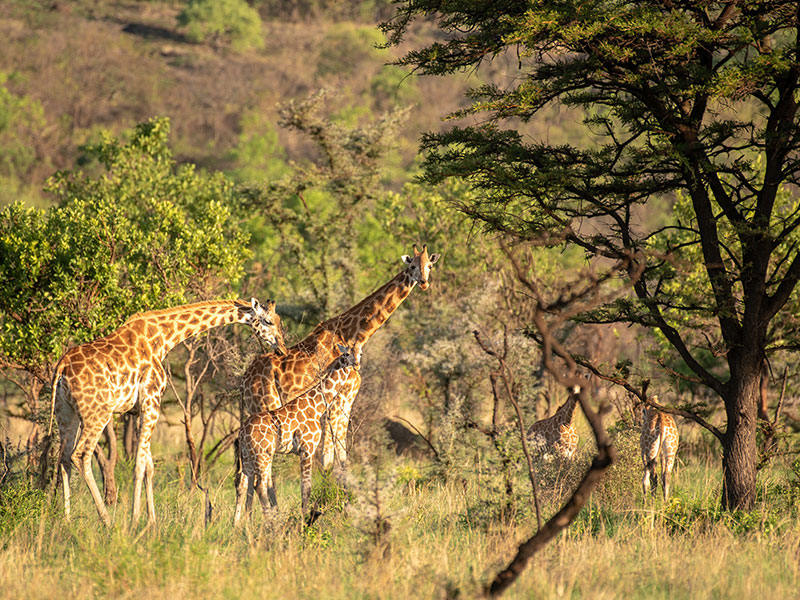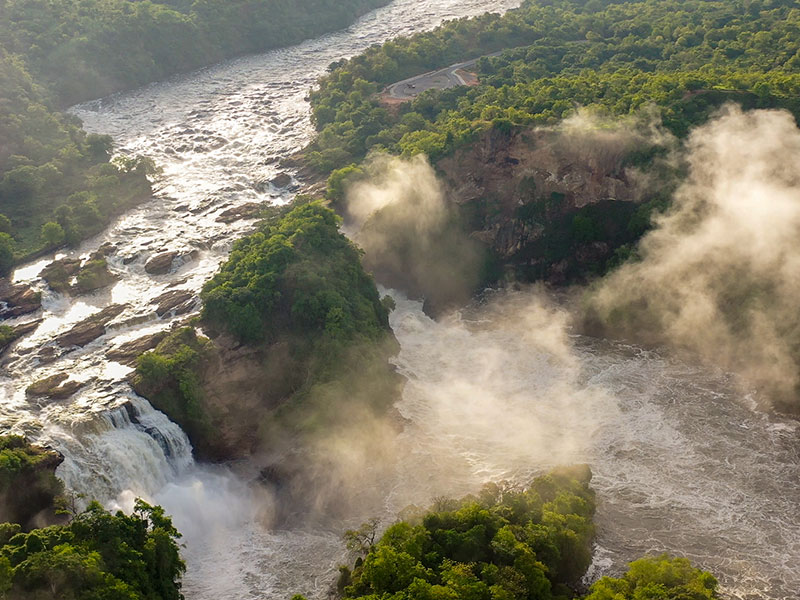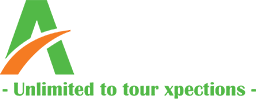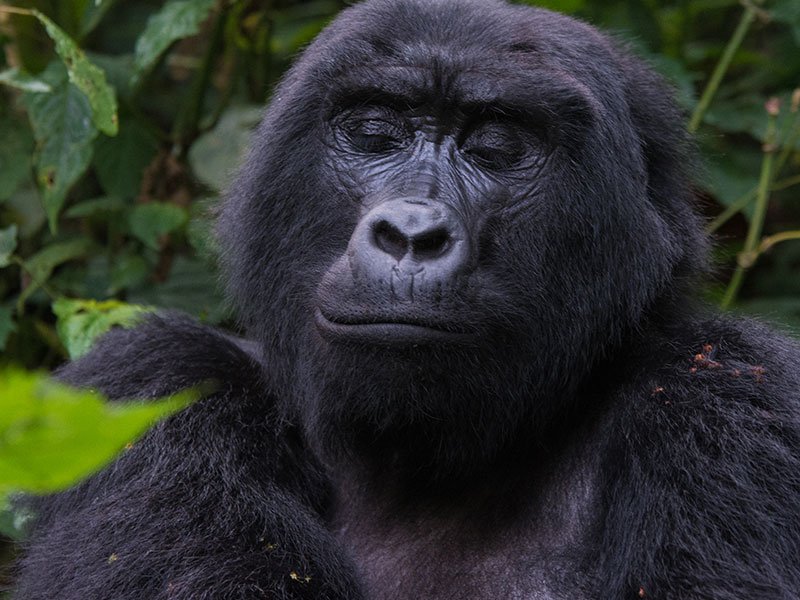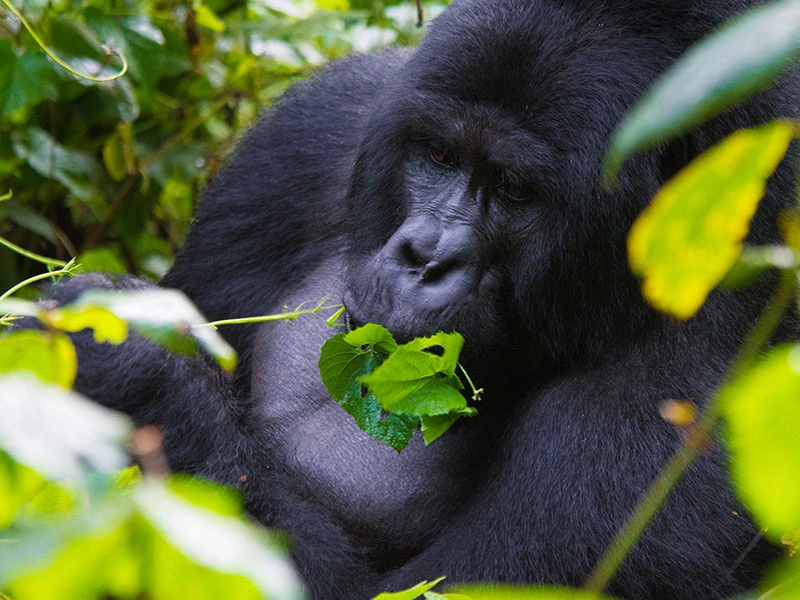
Gorilla trekking in Uganda and Rwanda is a once-in-a-lifetime adventure for wildlife enthusiasts, nature lovers, and conservationists. The opportunity to come face-to-face with these magnificent creatures in their natural habitats is both awe-inspiring and humbling. This comprehensive guide will cover all the essential facts about gorilla trekking, the process of securing permits, the best seasons to go trekking, and other pertinent details to ensure a successful experience in both Uganda and Rwanda.
Introduction to Gorilla Trekking
Gorilla trekking is a wildlife activity where tourists venture into mountainous forests to observe mountain gorillas (Gorilla beringei beringei) in their natural environment. These primates are critically endangered and found only in specific areas of Uganda, Rwanda, and the Democratic Republic of Congo (DRC). Uganda and Rwanda have established themselves as premier destinations for gorilla trekking due to their commitment to conservation, safety, and tourism infrastructure.
Mountain gorillas are known for their intelligence, close family bonds, and striking resemblance to humans. Trekking to see them in the wild offers a unique chance to witness their behavior, interactions, and habitats.
Destinations for Gorilla Trekking in Uganda and Rwanda
Uganda: Bwindi Impenetrable National Park and Mgahinga Gorilla National Park Uganda is home to over half of the world’s remaining mountain gorilla population. The two main destinations for gorilla trekking in Uganda are Bwindi Impenetrable National Park and Mgahinga Gorilla National Park.
Bwindi Impenetrable National Park: This UNESCO World Heritage Site is one of the most biodiverse places on earth. Bwindi hosts 20 habituated gorilla families that are open to tourists. The terrain is rugged and steep, and the trek can be challenging due to the thick forest and altitude, but the experience of meeting a gorilla family is incredibly rewarding.
Mgahinga Gorilla National Park: Located in southwestern Uganda, this park forms part of the Virunga Mountains ranges and is home to one habituated gorilla group, the Nyakagezi family. Though Mgahinga offers a similar experience to Bwindi, it tends to attract fewer tourists, making it a quieter option for gorilla trekking.
Rwanda: Volcanoes National Park
Rwanda is renowned for its gorilla trekking in Volcanoes National Park. The park is part of the larger Virunga Conservation Area, which spans Uganda, Rwanda, and DRC. Rwanda has taken great strides in making gorilla trekking a luxury experience, with a focus on high-end, eco-conscious tourism. The park is home to Habituated gorilla families.
Volcanoes National Park: Known for its lush mountain landscape, Volcanoes National Park is where Dian Fossey, the famous primatologist, conducted much of her research on mountain gorillas. The treks here can be strenuous, given the steep slopes of the Virunga Mountains, but they offer breathtaking views and diverse wildlife.
How to Process Gorilla Permits?
Securing a gorilla trekking permit is a crucial step in the planning process. The number of permits is limited to ensure minimal human impact on the gorillas and their habitat, so it’s essential to book well in advance.
Gorilla Permits in Uganda
Permit Cost: As of 2024, a gorilla trekking permit in Uganda costs USD 800 for foreign non-residents, USD 700 for foreign residents, and UGX 300,000 for East African citizens.
Where to Buy: Permits can be purchased through the Uganda Wildlife Authority (UWA) or through authorized tour operators and safari companies. Many tourists opt to book through a tour operator, as they often handle logistics, including accommodation and transportation.
How to Buy: To secure a permit, you can either contact UWA directly via their website or email or work with a licensed tour operator. It’s advisable to book your permit at least 6-12 months in advance, especially during peak seasons.
Gorilla Permits in Rwanda
Permit Cost: Rwanda’s gorilla trekking permits are priced higher at USD 1,500 per person for foreign tourists. This is part of Rwanda’s strategy to focus on high-end, low-impact tourism to conserve the gorillas and their habitat.
Where to Buy: Permits can be purchased through the Rwanda Development Board (RDB) or through licensed tour operators.
How to Buy: You can buy a permit by contacting the RDB directly or working with a tour operator. Due to the high demand for permits, especially during the peak seasons, it is recommended to book your permit several months in advance.
Factors to Consider When Buying Gorilla Permits
Availability: Gorilla permits are limited, and only eight people are allowed to visit each habituated gorilla family per day. This restriction ensures that the gorillas are not overwhelmed by human presence.
Permit Inclusions: The permit price covers the cost of a guided trek, the park entry fee, and one hour of observation time with the gorillas once you locate them. The permits do not include transportation, accommodation, or tips for the guides and porters.
Permit Refund Policy: Both Uganda and Rwanda have strict refund policies. Typically, refunds are only available in exceptional cases, such as illness. Therefore, it’s essential to be certain of your travel dates before purchasing a permit.
The Best Seasons for Gorilla Trekking
The climate in Uganda and Rwanda is generally equatorial, meaning both countries experience wet and dry seasons. The best time to go gorilla trekking largely depends on the weather and terrain conditions.
Best Time to Go Gorilla Trekking
Dry Season (June to September and December to February): These are considered the best times for gorilla trekking. The trails are drier and less slippery, making it easier to navigate through the forests. Additionally, the dry season is the peak tourist season, so the parks can be busier, and permits tend to sell out quickly.
Wet Season (March to May and October to November): Trekking during the wet season can be more challenging due to muddy and slippery trails. However, this is also a time when fewer tourists visit, and permits are often more readily available. The wet season is ideal for budget travelers who don’t mind the extra challenge of navigating the muddy terrain. The forest is lush and green during this time, making for spectacular scenery, and there is also a better chance of seeing baby gorillas, as this is the season when many females give birth.
Temperature and Weather Considerations
The average temperatures in Uganda and Rwanda range between 20°C and 27°C (68°F to 80°F) during the day, with cooler temperatures at higher altitudes. Nights can get chilly, especially in the mountainous areas, so it’s advisable to pack warm clothing.
Gorilla Trekking Experience: What to Expect
Gorilla trekking is an exhilarating yet physically demanding activity. The trek typically starts early in the morning with a briefing by park rangers. After the briefing, groups of tourists are assigned to specific gorilla families and guides. The trekking experience can last anywhere from a few hours to a full day, depending on the location of the gorillas.
The Trek
Terrain: The trekking routes vary in difficulty, with some requiring steep climbs through dense vegetation and uneven terrain. The treks can take anywhere from 30 minutes to 6 hours to reach the gorillas, depending on how far the family has moved since the last tracking.
Porters: Tourists have the option to hire porters to help carry bags or provide assistance on difficult terrain. Hiring a porter also supports the local community and conservation efforts, as many porters come from surrounding villages.
Fitness Level: While anyone can participate in gorilla trekking, a reasonable level of fitness is required due to the steep and sometimes challenging terrain.
Gorilla Encounter
Once you locate a gorilla family, you are allowed to spend a maximum of one hour observing them. This is a crucial conservation measure to minimize the risk of transmitting diseases between humans and gorillas and to reduce stress on the animals. During the hour, you can observe their interactions, watch young gorillas play, and witness the social structure of the family, including the dominant silverback.
Safety Measures: To protect both the gorillas and the trekkers, there are strict rules in place. Tourists must maintain a distance of at least 7 meters (about 23 feet) from the gorillas, avoid direct eye contact, and follow the instructions of the guides at all times.
Photography: Cameras are allowed, but flash photography is strictly prohibited. A camera with a good zoom lens is recommended, as you will be required to keep a safe distance from the gorillas.
Post-Trek Experience
After spending time with the gorillas, you will trek back to the starting point, where you will receive a certificate of participation. This certificate is a symbolic gesture acknowledging your contribution to gorilla conservation.

